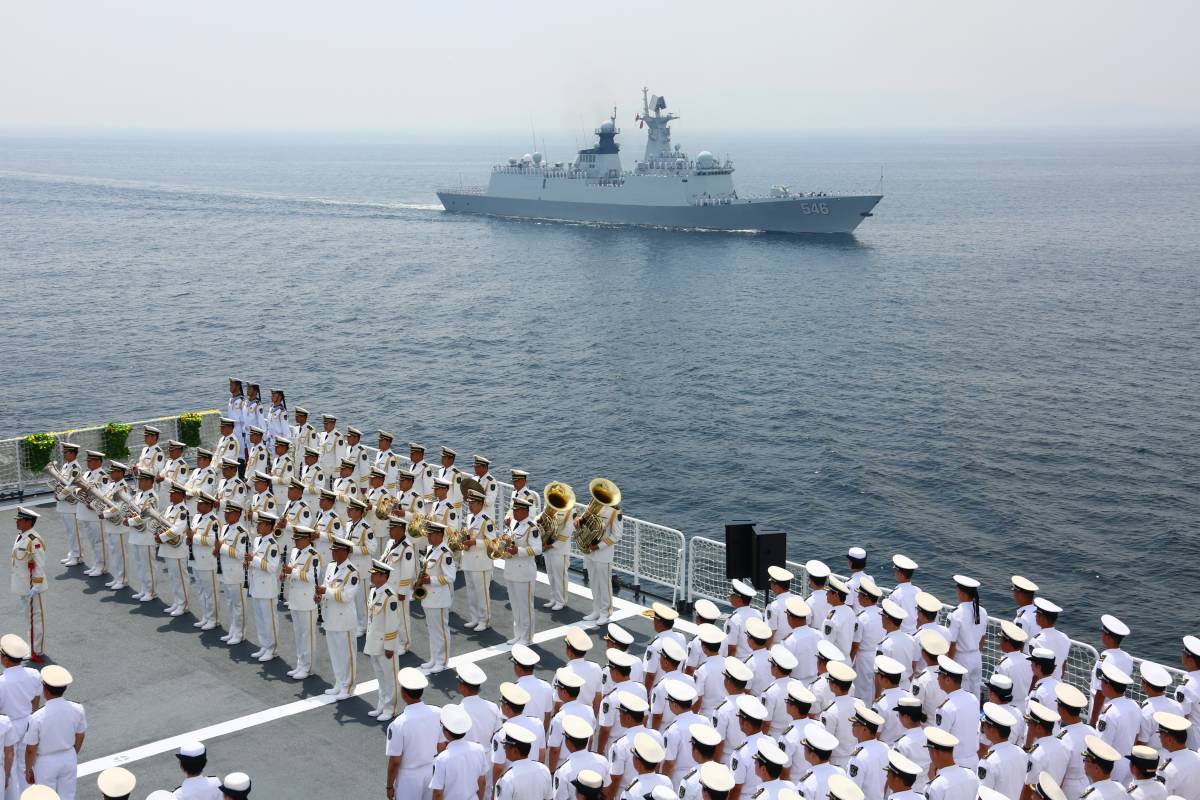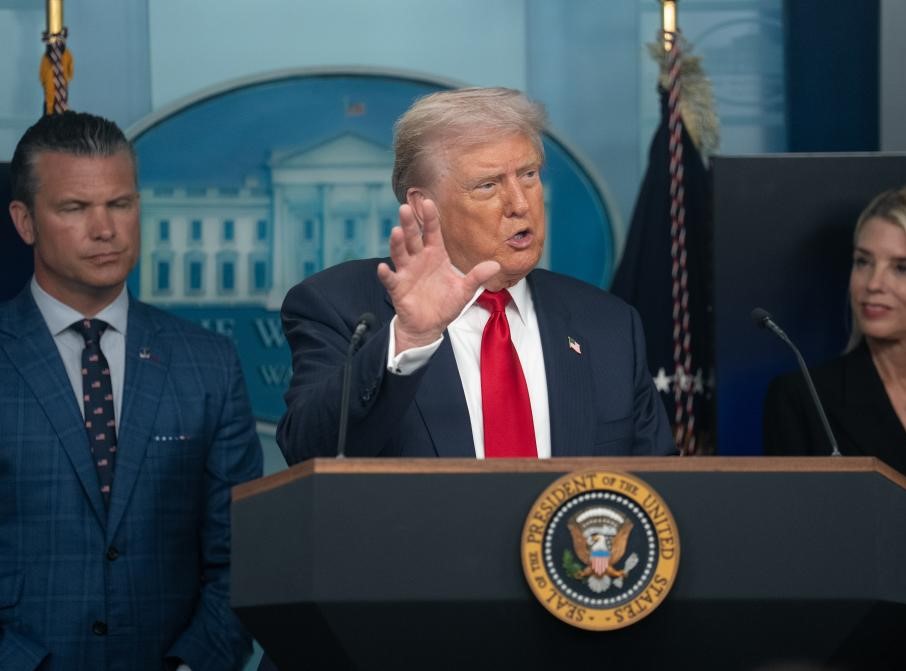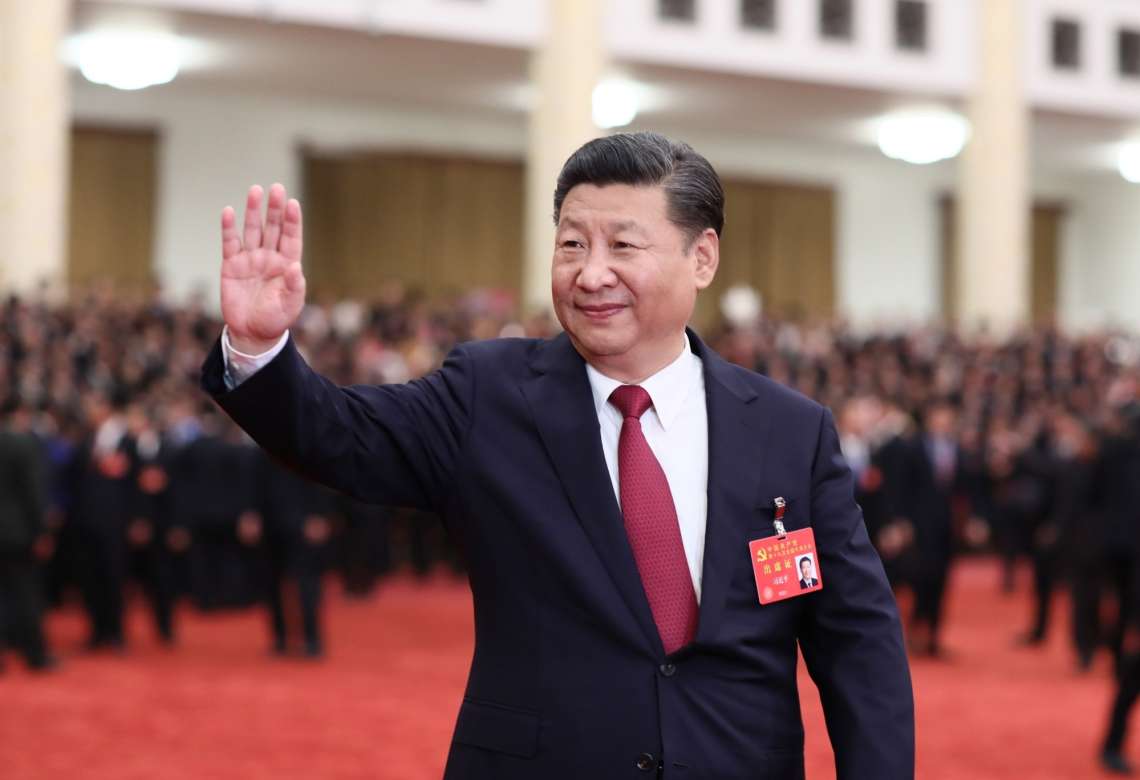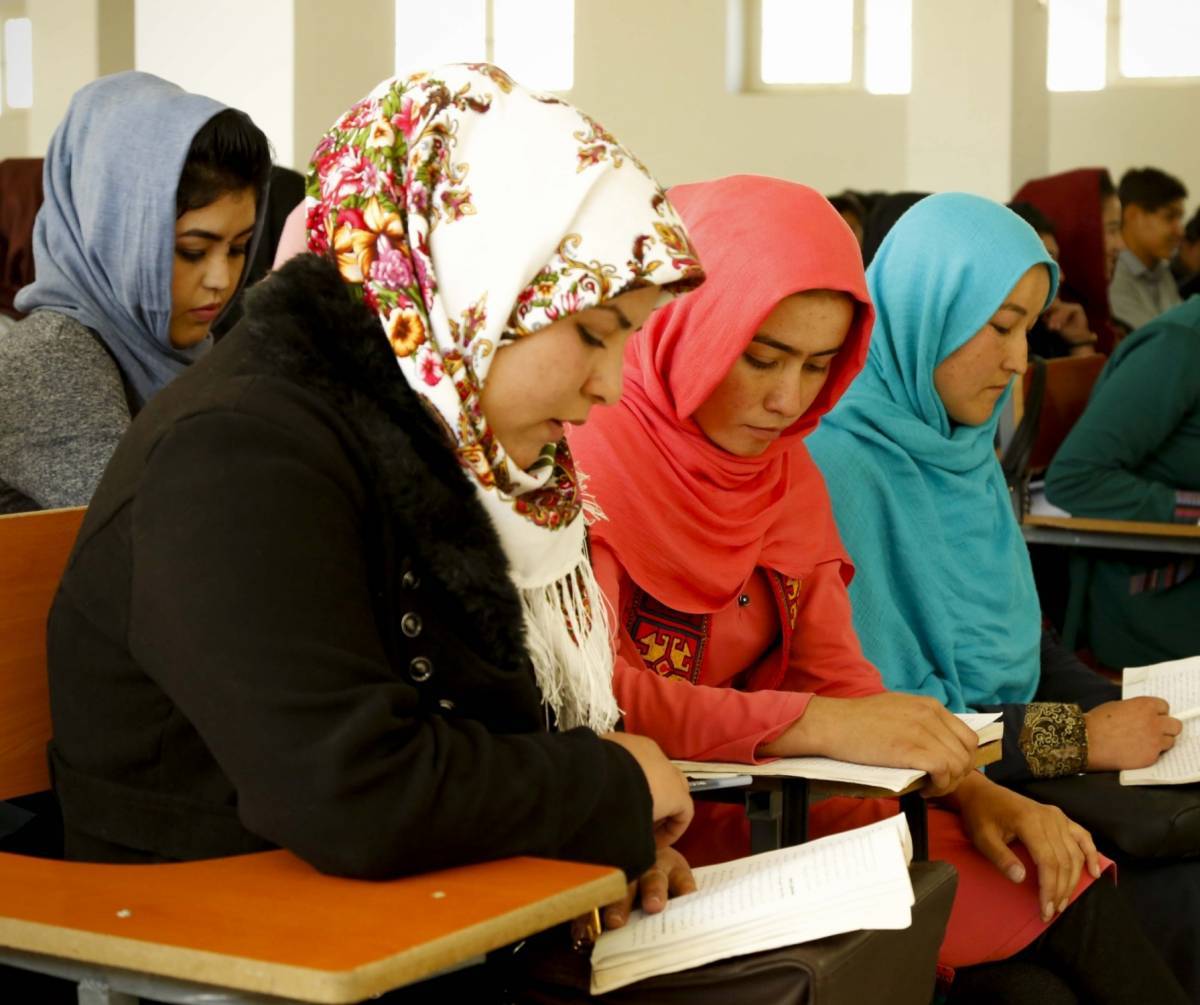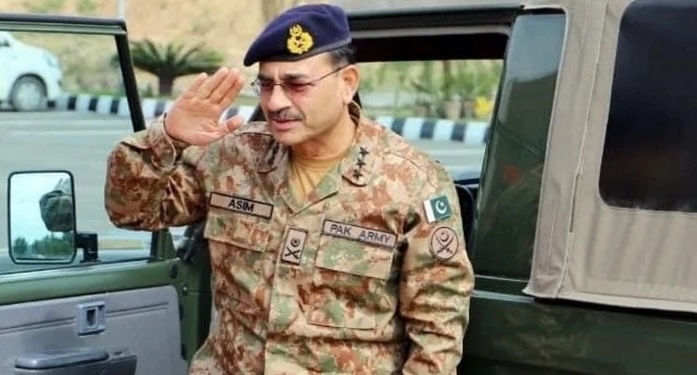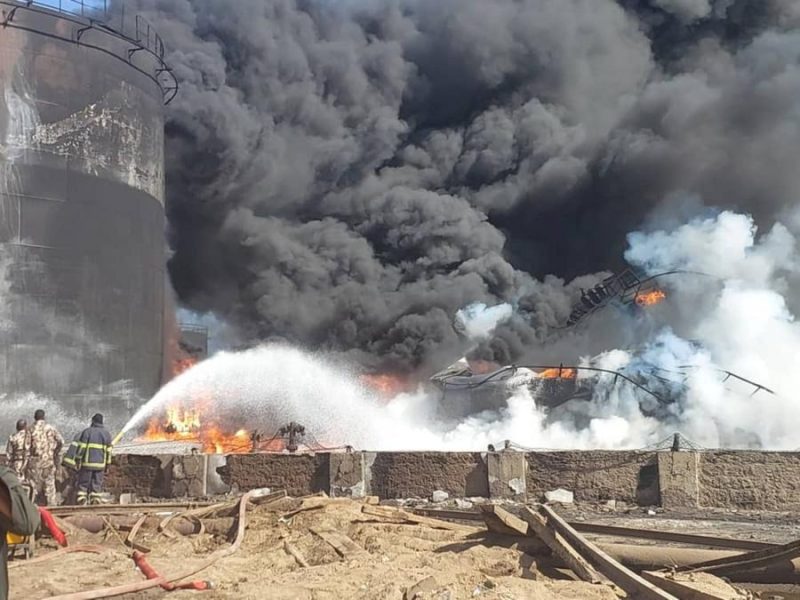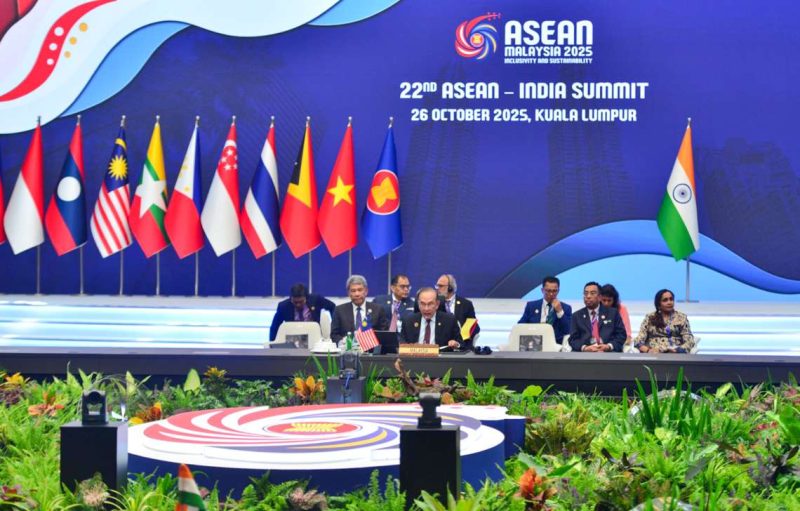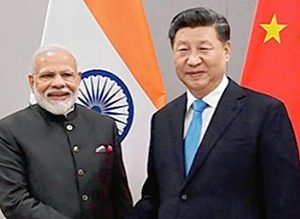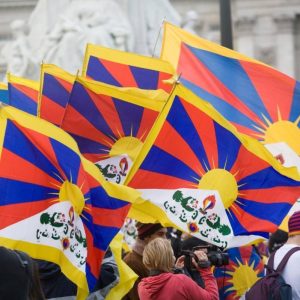The inabilities brought out above pose the biggest question – is PLAN Strategy actually to develop a world class Navy with assets deployed across the world – or the sheer increase in assets numbers just a projection game for few to rise higher in CCP hierarchy, a report by Sumit Kumar Singh
The recent growth of People’s Liberation Army (PLA) Navy has created anxiety in the existing geopolitical order of the Indo-Pacific. On April 23, the PLA Navy celebrated its 73rd anniversary and showcased its capabilities to its citizens and the world.
However, as the recent global events have shown — quality always holds equal if not greater importance than the quantity in any warfare.
This is where the capabilities of PLA Navy have always been in doubt.
Are the men and machine behind the PLA Navy capable enough to make it a world class Navy or the focus of Chinese Admirals lies somewhere else?
The Chinese Communist Party (CCP) has always focused on its own power struggle inside China — and even its foreign policy has been a tool to maintain its own relevance.
Thus Mao – with his plans for continental expansion gave negligible importance to the Chinese Navy – with even its nomenclature linked to PLA.
With China’s emergence as global trader in 21st century, planners in Beijing wanted to change this outlook. This led them to copy ‘Mahan’s Naval Strategy’ without any corresponding relevance to their actual strategic requirements or geopolitical realities of the existing World Order.
Thus, while the ship manufacturing is in full spree, there are gaping holes in PLAN’s Strategy to effectively deploy these ships. The problem of abundance has led to PLAN belligerence in South China Sea.
The treatment of International Sea Lanes as their national ‘lake’ has led to their exaggerated territorial claims against the normal global conventions.
The over-militarisation of this Maritime Area has led to a threat to existing maritime order and threat to nearly all Chinese maritime neighbours.

Sub-optimal Equipment
Frequent failures of ship machinery, weapons and sensors during long deployments combined with a disarrayed support system has ensured that most of the Chinese fleet is tied up in nearby seas – with several capability gaps required for a ‘Blue Water’ Navy.
The high cost of maintaining such sub-optimal machinery has also led to huge increase in revenue expenditure – eating up most of the increase in Defence expenditure.
The ‘poor performance’ of Chinese assets has been a major cause of worry for countries importing such equipment from Beijing.
‘The Chinese Quality’ has become synonymous with dud machinery, as experienced by Pakistan and Bangladesh Navies in sub-optimal performance of their newly acquired Chinese frigates.
The most famous phrase which defines state of PLA Navy machinery is from Myanmar – “Tayokeset tayet-soke” (“Chinese machine; broken in a day”).
In return, China charges hefty amounts and make these countries completely dependent – through its predatory ‘debt diplomacy’. No wonder developing countries which had earlier signed large ticket defence contracts with Beijing, are trying to renegotiate such contracts, demanding more reliable and lasting weapons.
Recently, Thailand PM had warned that Bangkok will scrap a deal to buy Chinese submarines if they are fitted with inferior Chinese MWM 620 engines instead of German engines.
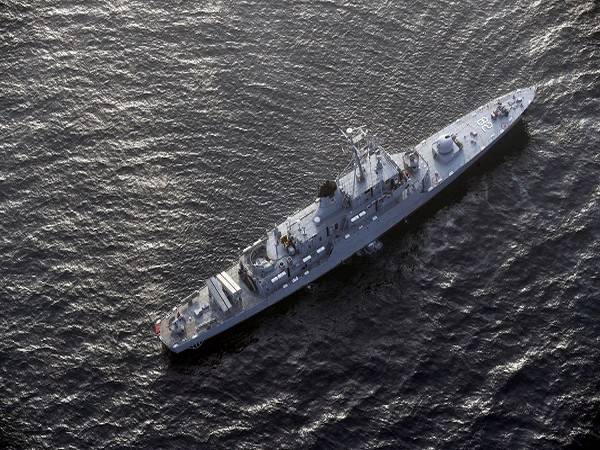
Men Behind the Machine
The biggest asset of any Armed Force is its experienced and motivated manpower – as amply demonstrated even in recent wars.
However, the biggest shortfall of the PLA Navy is the men behind its fancy machines. There is a lack of combat experience — as the last war fought be Chinese forces was in Vietnam in 1979 — with disastrous results for Beijing.
The present manpower — which has been brought up in materialistically ‘easy’ conditions have nil combat experience. ‘Single Child Policy’ has had its negative impact on the available tool for PLAN – with most of the parents unwilling to send their ‘single’ child to the Armed Forces.
It is estimated that over 70 percent of Chinese soldiers are ‘only children’. Further the turn of the society towards consumerism has left a low talent pool for the PLAN.
A Chinese saying: “Good steel doesn’t become nails” means that respectable individuals don’t become soldiers.
The situation is further aggravated by the graft in Armed Forces, which has heavily plagued PLA Navy — with big ticket projects being adversely impacted due to cost overruns — attributed to the graft at the topmost level.
The anti-corruption drive by President Xi Jinping turned out to be more of a cleansing of opponents, rather than any concrete attempt to root out corruption.
These purges have instead removed talented human resource – impacting the overall hierarchy and long term planning.
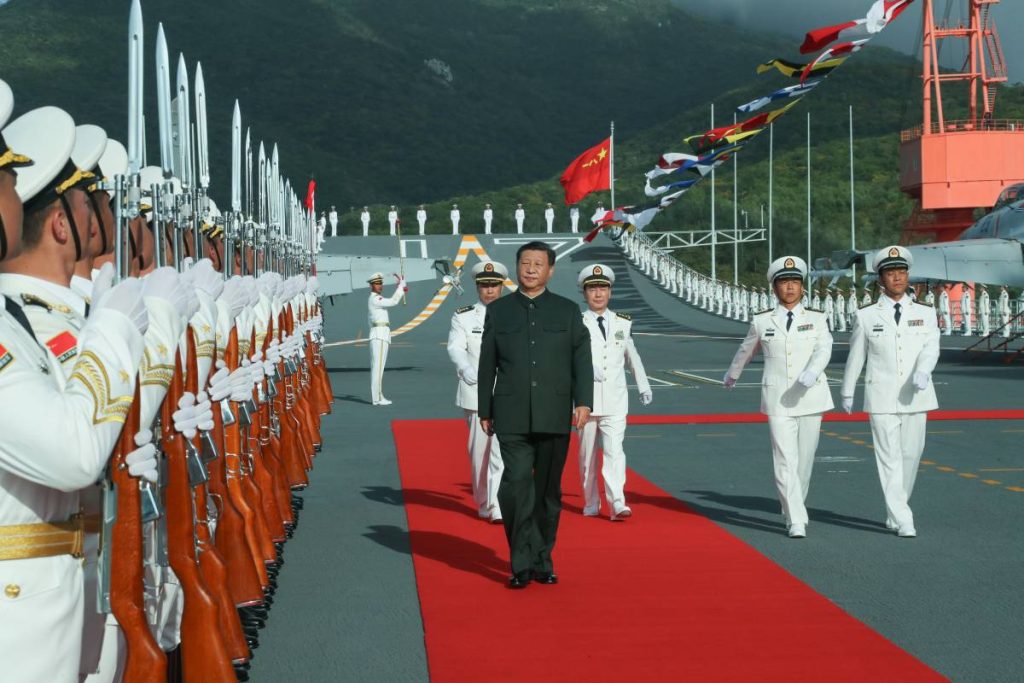
The Overall Purpose
The inabilities brought out above pose the biggest question – is PLAN Strategy actually to develop a world class Navy with assets deployed across the world – or the sheer increase in assets numbers just a projection game for few to rise higher in CCP hierarchy.
The overall control of a single party has been a roadblock in the professional development of Chinese armed forces. The situation is further exacerbated with the concentration of power by President Xi Jinping – leading to purging of professionals – as had earlier happened during the disastrous Cultural Revolutions.
The undue unprofessional political interference has led PLA Navy Admirals to reconfigure their plans to please the top hierarchy — which is evident in the teething operational problems being faced by sailors on ground.
As the present political leadership tightens its grip in each sphere of Chinese life — the future of PLA Navy seems to be a numerically superior force, however lacking in any operational strategy and demoralized manpower.


